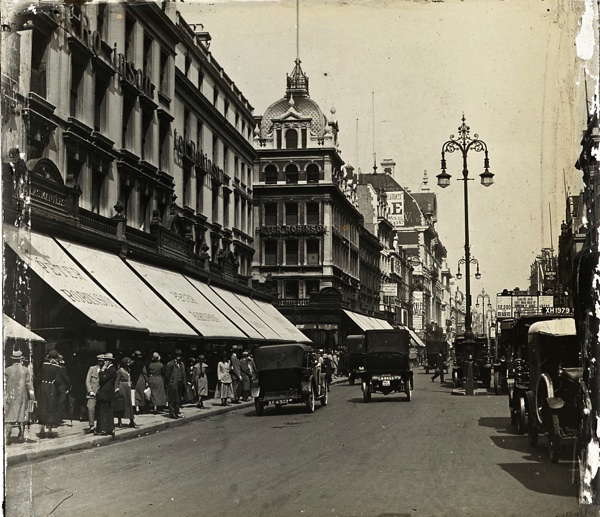This site will allow us to create a map of SOME of the MANY sites that appear in Virginia Woolf's Mrs. Dalloway. As explained in the paper assignment packet's description of the
WHEN THE LOCALE IS REAL BUT THE CHARACTER ISN’T: THE IMPORTANCE OF PLACE assignment
you will be assigned a site to research (remember you'll be finding 1925 and 2019 info on this place) and place on our map. You'll then be asked to read all students' map contributions and then compose a short paper, exploring how this immersion in a real London helps you understand ONE of Woolf's characters.



